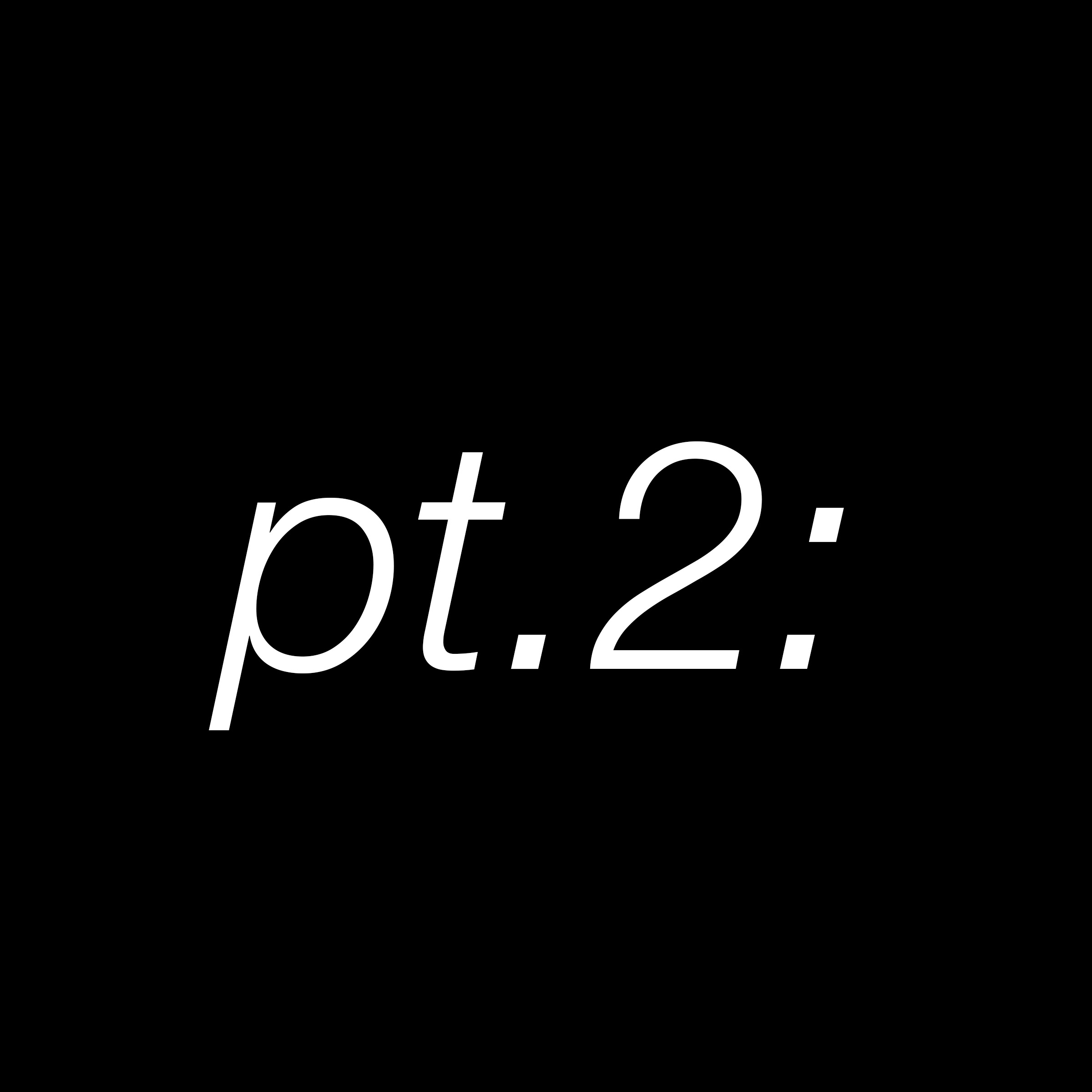Press Release - 1525
1525
Ellen Siebers
Mads Hilbert
Rema Ghuloum
1525 Webster St.
Oakland, CA 94612
Showing through May 6th
info@part2gallery.com
pt.2 is excited to present an exhibition of new work by painters Rema Ghuloum, Mads Hilbert and Ellen Siebers. Centering loosely around the practice of abstraction, the trio of artists each incorporate to varying degrees processes of layering, obfuscation and dramatic reveal. From the immersive fields of color that comprise Rema Ghuloum’s sublime works, to the intimately scaled paintings of Ellen Siebert that juxtapose figurative vignettes amongst brushy backdrops, to Mads Hilbert’s paintings which use washy brush strokes to construct ornamental and loosely architectural abstractions–the trio of artists approach abstraction with an energy and unexpectedness that demands the viewer’s attention.
Mads Hilbert
“Parque México”
Oil on canvas
43.3 x 70.8 inches
110 x 180 cm
2023
info@part2gallery.com
Danish born painter Mads Hilbert recently spent time living and working in Mexico City, soaking in the great tapestry of artistic traditions that are interwoven throughout the city. Titled “Parque México” after one of the largest parks within the capital city, Hilbert’s largest painting within the show dances in augmenting tones of soft yellows that turn to ochre, pale blues that become sea-like, and reds that veer from light pink to full on crimson. Contrasting graphic ornamentation and chevron patterning with a loose paint handling that allows for warm and cool washes of thin oil paint, the artist calls forth the art-deco architectural flourishes of the park through dashed vertical lines of alternating colors, and ascending stacks of repeated linework that recall fountain and foliage alike.
Ellen Siebers
”Sunrise”
Oil on panel
11 x 11 inches
Framed
2023
info@part2gallery.com
Hudson, New York based painter Ellen Siebers creates intimately scaled paintings that encase a range of worlds within. Presenting a series of square paintings on panel, each piece no longer than a foot on either side, Siebers weaves dreamlike brushy compositions that oscillate between landscape and abstraction, occasionally interspersed with a hovering crop of a contrasting image. Within “Sunrise” a tall rectangular framing of a figure from the back staring at a cold dawn morning through a window with curtains cast aside is surrounded by a loose patchwork of carefully complimenting colors, an earthy pink shifting into taupe, then army green and a light greyish-baby blue. The cool palette and somewhat somber mood of this painting by Siebers is beautifully counterpointed by the brilliant yellow focus of “New Years Day Sunflower”. Within this work, a macro view of a sunflower’s bloom completely fills the composition from edge to edge–saturated and textural brushstrokes of vibrant yellows fluctuating in tone and warmth, occasionally mixed with a faint green or brown indicating the undulations of this resilient flower.
Rema Ghuloum
”Light Prayer”
Oil and acryla-gouache on canvas
2022-2023
82 x 72 inches
info@part2gallery.com
Conversing perfectly with Sieber’s painting of a sunflower is a single painting by Los Angeles-based painter Rema Ghuloum, titled “Light Prayer”. A sublime layering of both oil paint and acryla-gouache, Ghuloum masterfully realizes a surface so densely layered with scuttled dry brush strokes and pools of thinned paint in a way that despite the paintings predominant yellow hue, it feels as if a million colors are jumping out at the viewer. “Light Prayer” emanates with a vibrancy and fervor that makes sense in context with the religious connotations of the title, engulfing the viewer in an embrace of warmth and color. Descending diagonal striations of color overlap from right to left and vice versa, hinting at both a landscape or a J.M.W. Turner sunrise, and the larger than life scale of the work only heightens the work’s grandiosity. The borders of Ghuloum’s works always provide some break from the intense experience of the centers of the artist’s canvases, with the artist taking what’s leftover from mixing colors and applying more direct unmediated strokes to the outside. The technique acts as a testament to the artist’s process and a way of slowly letting the viewer down to earth as their eyes move from the center of the canvas out to the work’s border.

